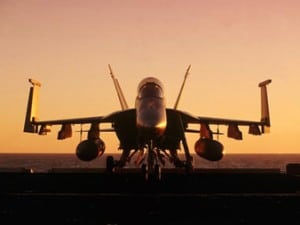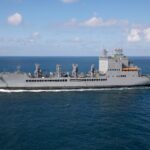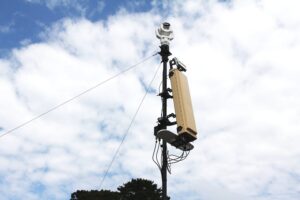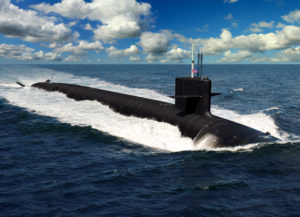
Senate appropriators agreed to increase Navy funding by billions to add new ships, new aircraft, and repair damaged destroyers as part of funding bill proposed on Nov. 21.The appropriations bill, released last week, adds billions beyond the Trump administration’s budget request (Defense Daily, Nov. 21).The chairman’s mark notably gives the Navy $673 million to repair and restore the damaged USS John S. McCain (DDG-56) and USS Fitzgerald (DDG-62). It also provides $23 million to begin implementing the recommendations in the…

 By
By 











